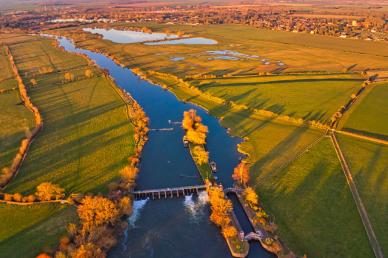The need for a headless CMS
A headless CMS allows you to manage content in one place and be able to deploy that content on any digital channel you choose. Separating the frontend from the backend makes it easier for marketers to manage content independently, and for developers to build faster, automate changes and manage digital at scale.
The traditional CMS approach to managing content puts everything into one place meaning it was impossible to reuse content. As digital channels and devices have evolved, the need for more flexible solutions emerged. Now, organisations are developing websites, mobile apps, digital displays, conversational interfaces, and more.

Our CMS
Integrating a CMS with other software applications can enable users to seamlessly share content between them. For example, a CMS might be integrated with a customer relationship management (CRM) system so that customer service representatives can quickly access relevant information about a customer when they contact them. Similarly, a CMS might be integrated with a marketing automation system to help content marketers more easily track the performance of their content and make changes accordingly.

Why they're brilliant
Headless CMS pose several benefits to your businesses digital growth and can have a great impact if incorporated into your business. For example:
- They unify your content into a single hub so it can be reused
- They enable greater collaboration within workflows so teams can work in conjunction more easily
- By increasing reusability they increase scalability
- They allow content to be optimised for various user experiences to ensure the right content reaches the right audience
Drupal
Drupal can be used as a traditional CMS with a front-end GUI, or as a headless CMS. In fact, Drupal was one of the first CMSs to be used in this way.
There are a number of advantages to using Drupal as a headless CMS. Firstly, it's extremely powerful and flexible so you can use it to build just about anything you can imagine. Even if you're not a developer yourself, Drupal can be easy to use and understand. It's also easy to integrate with other system which is extremely helpful if you're building a complex website or application that needs to interface with other software.
WordPress
WordPress is another CMS we use because it's relatively easy to understand and extremely versatile. You can find themes and plugins for just about anything. It is headless CMS so doesn't have a front-end allowing us to make your website faster and more scalable. It can also gives more control over the design and development process, as well as making it easier to integrate with other systems. This means the possibilities when it comes to building your site are endless.
*It's worth noting, that whilst these are the main CMS we use, we have experience in a whole range. If you want to find out about more options, check out our robust tech stack, or give us a call.

XXXXXXXX
xxxxxxxx





